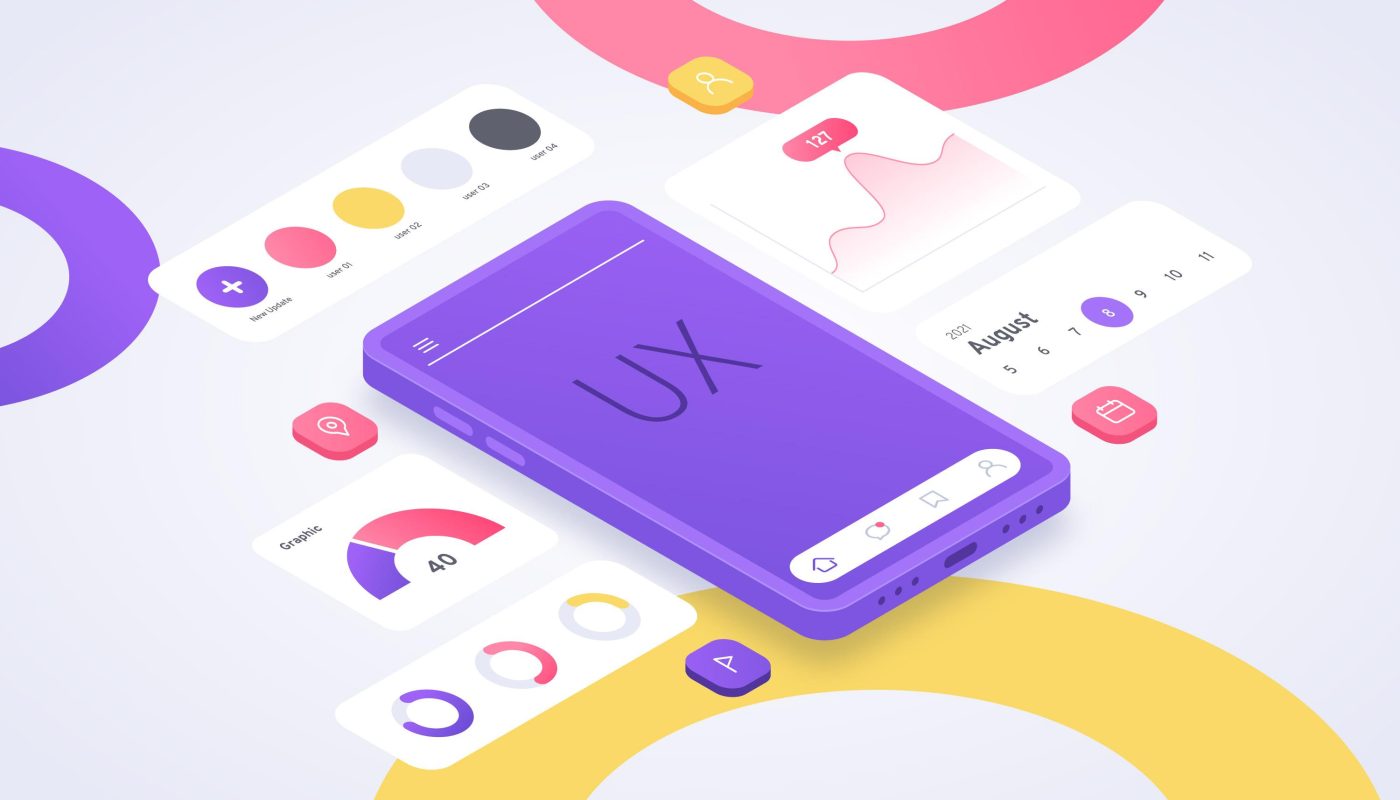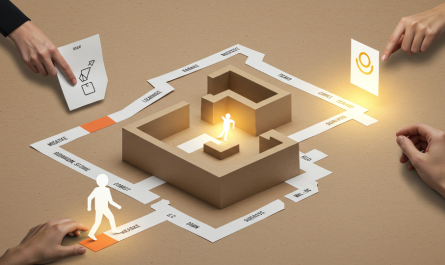Unpacking Robin Wong’s thoughts on UX, service design, sustainability, and the future
UXDG: It’s a pleasure to have you on board our 2nd annual UXDG Design Summit. What motivates you to join the summit and what are your expectations?
 Robin: Thank you for having me here! I’ve got a mission to fulfil, and that’s to get 5x more people to take 5x more actions with 5x more impact in service of realising a more sustainable and prosperous way of life. When the opportunity came up to speak to so many people at UXDG and share with them ways to make their design practices more sustainable, it was an opportunity I just couldn’t turn down. My hope and expectation is that people know where to start on their personal journey of becoming more sustainable and take some intentional actions to adapt their design practice after listening to what I have to say.
Robin: Thank you for having me here! I’ve got a mission to fulfil, and that’s to get 5x more people to take 5x more actions with 5x more impact in service of realising a more sustainable and prosperous way of life. When the opportunity came up to speak to so many people at UXDG and share with them ways to make their design practices more sustainable, it was an opportunity I just couldn’t turn down. My hope and expectation is that people know where to start on their personal journey of becoming more sustainable and take some intentional actions to adapt their design practice after listening to what I have to say.
UXDG: What does design leadership mean to you and what role does design play in strategy and business?
Robin: Design leadership is about guiding business leaders in making decisions that align with the goals of customers, colleagues, partners, and stakeholders, while ensuring long-term business reputation and profitability. It involves communicating in business terms, making design more accessible to senior stakeholders, and shifting the conversation from aesthetics to creating value for People, Planet, and Profit. Strategically, it emphasizes customer-centricity to differentiate offerings uniquely, integrates divergent thinking, and fosters creativity in strategic planning for framing problems and spotting new opportunities.
UXDG: Without giving too much away – what is the core message of your talk and what would you like our delegates to remember?
Robin: My talk is hopefully a wakeup call for designers to recognise their critical role in all the undesirable and unsustainable impacts they have on the world. If there’s one thing I want everyone watching and listening to take away, it’s that you can make small changes to your design practice straight away that will have a big positive impact, and I give designers a simple framework – called Plan B – that they can use at any level of their life or work to get started.
UXDG: Service Design is quite popular in Europe and it’s slowly catching up in the US as well. Why is the practice important and what is its role in innovation?
 Robin: If Design is about helping people achieve their goals, I think of Service Design as the intentional organisation of everything that’s needed for people to achieve those goals. It’s a critical practice, especially in larger more complex organisations because the experiences customers have can become disjointed and unenjoyable if the teams that work to enable those experiences are not aligned. A good service designer can create effortless and joined-up omnichannel experiences for both customers and colleagues by breaking teams out of their silos and getting them to align around and work toward user goals and sustainable business goals.
Robin: If Design is about helping people achieve their goals, I think of Service Design as the intentional organisation of everything that’s needed for people to achieve those goals. It’s a critical practice, especially in larger more complex organisations because the experiences customers have can become disjointed and unenjoyable if the teams that work to enable those experiences are not aligned. A good service designer can create effortless and joined-up omnichannel experiences for both customers and colleagues by breaking teams out of their silos and getting them to align around and work toward user goals and sustainable business goals.
UXDG: What according to you are the challenges in the field of design and how can we overcome them?
Robin: The number one challenge in design is how we can help realise more sustainable outcomes. I believe the mindset we have as designers is critical to this, but I also think we have a skills shortfall in terms of social innovation and systems thinking, and we need to speak the language of business more effectively to influence and change what leaders consider to be valuable. For anyone who is looking to evolve their design practice, it’s essential to integrate these considerations into your thinking. Another challenge is fostering more collaboration, breaking silos, and ensuring that all stakeholders understand and contribute to the design’s holistic vision. Overcoming these challenges requires education, culture shifts, and clear communication across teams.
UXDG: Where is UX & Product Design headed? How does the future of the discipline look like?
Robin: The future of UX and product design is exciting. I can see the shift already happening from human-centred design to humanity- and life-centred design. I see designers all around me, and especially at BT Group naturally factoring in inclusivity, accessibility, and ethical considerations into their designs. It’s great!
As more and more of these green shoots take root, we’re going to see Sustainability and social impact becoming even more prominent across the landscape, and the role of data and insight in informing design decisions is informing the practice of my team more and more. Of course, I think empathy will remain critical to the power of Design forever, true innovation has to start with empathy and that deep understand of what people truly want and need.










 by
by 


